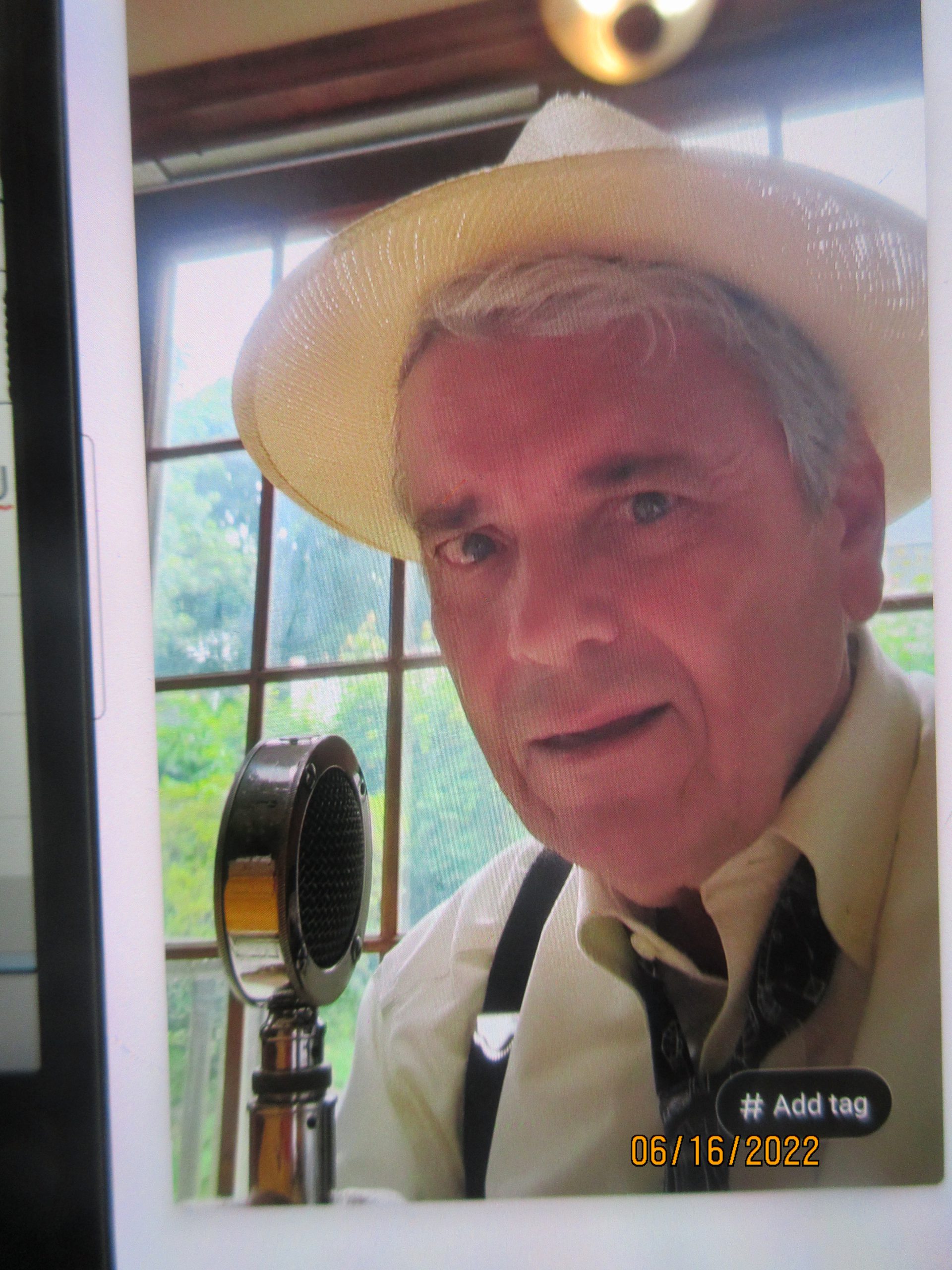Hits: 64
WPCNR OBSERVATIONS. By John F. Bailey. Reprinted from the WPCNR Archives. August 6, 2019 Updated in view of recent events:
In view of Russia’s Vladimir Putin being reported by The New York Times Monday as saying he would retaliate with nuclear weapons in the event of a nuclear attack by the United States, it is sobering to note that Mr. Putin has taken this policy gambit.
The President of the United States has a problem. He governs by one tweet at a time and his gut. His “gut reactions” to events and public comments, often deliver “over-the-top” comeback.
I would like to point out to Mr. Putin and Mr. Trump what an atomic attack does. We have scientific evidence.
Seventy-four years ago today in 1945, the Enola Gay, a single American bomber dropped an Atomic bomb on the city of Hiroshima, Japan.
The terrible effects of that single bomb are a horror that has never been repeated
A second bomber, Bock’s Car on August 9, dropped another atomic bomb on Nagasaki.
Unknown thousands of Japanese citizens’ lives were vaporized, burned, and maimed and two cities leveled to the ground in an instant in both bombings.
To grasp what one atomic bomb did to Nagasaki, readers may see the photographs Japanese photographer Yosuki Yamato took of the aftermath of Nagasaki the day it happened at http://www.exploratorium.edu/nagasaki/photos.html#journey/63.jpg
The decision to drop the bombs was made after the United States, Great Britain and the Republic of China demanded Japan surrender in the Potsdam Declaration on July 26 or face “prompt and utter destruction”.
The Japanese government did not surrender.
The United States deployed two nuclear weapons dropping one on Hiroshimi, 74 years ago today and one on Nagasaki on August 9.
Over four months the bombs resulted in the deaths of 90,000–166,000 people in Hiroshima and 60,000–80,000 in Nagasaki, half dying the day the bombs fell.
The Hiroshima prefecture health department estimated that, of the people who died on the day of the explosion, 60% died from flash or flame burns, 30% from falling debris and 10% from other causes. During the following months, large numbers died from the effect of burns, radiation sickness, and other injuries, compounded by illness.
In a US estimate of the total immediate and short term cause of death, 15–20% died from radiation sickness, 20–30% from burns, and 50–60% from other injuries, compounded by illness. In both cities, most of the dead were civilians, although Hiroshima had a sizable garrison.
The horror of those two bombings and the aftermath, the injuries created have resulted in an effort and reluctance on the part of nuclear-armed powers to avoid any nuclear attacks since that date.
Within a few days of those bombings, Japan surrendered unconditionally, officially ending World War II.
The decision to use the bombs by the United States has long been debated. A dialogue on what the bombs did, why the decision was made was collected in 1995, the fiftieth year since the bombings. It is available at http://www.exploratorium.edu/nagasaki/commentary/decision.html
It is important that the two most powerful men in the world, both mentally mired in the past and with delusions of grandeur, get a grip.
Trying to justify a first strike nuclear attack as a deterrent to a perceived possible attack will destroy the country attacked, their economy, millions of people. If a little bomb like the one dropped on Hiroshima and Nagasaki can level and anniliate the population of a city, a series of nuclear strikes in a first strike or a retailiatory strike with today’s super bombs the world may suffer from prolonged radiation clouds. Mr. Putin should know. He needs to be the adult in this situation and not get Little Lord Fauntleroy too upset.
Please Mr. Putin, boost Mr. Trump’s ego. Do not tempt him. He has been shown in 2 and a half years to make bad situations worse as a policy tactic.
